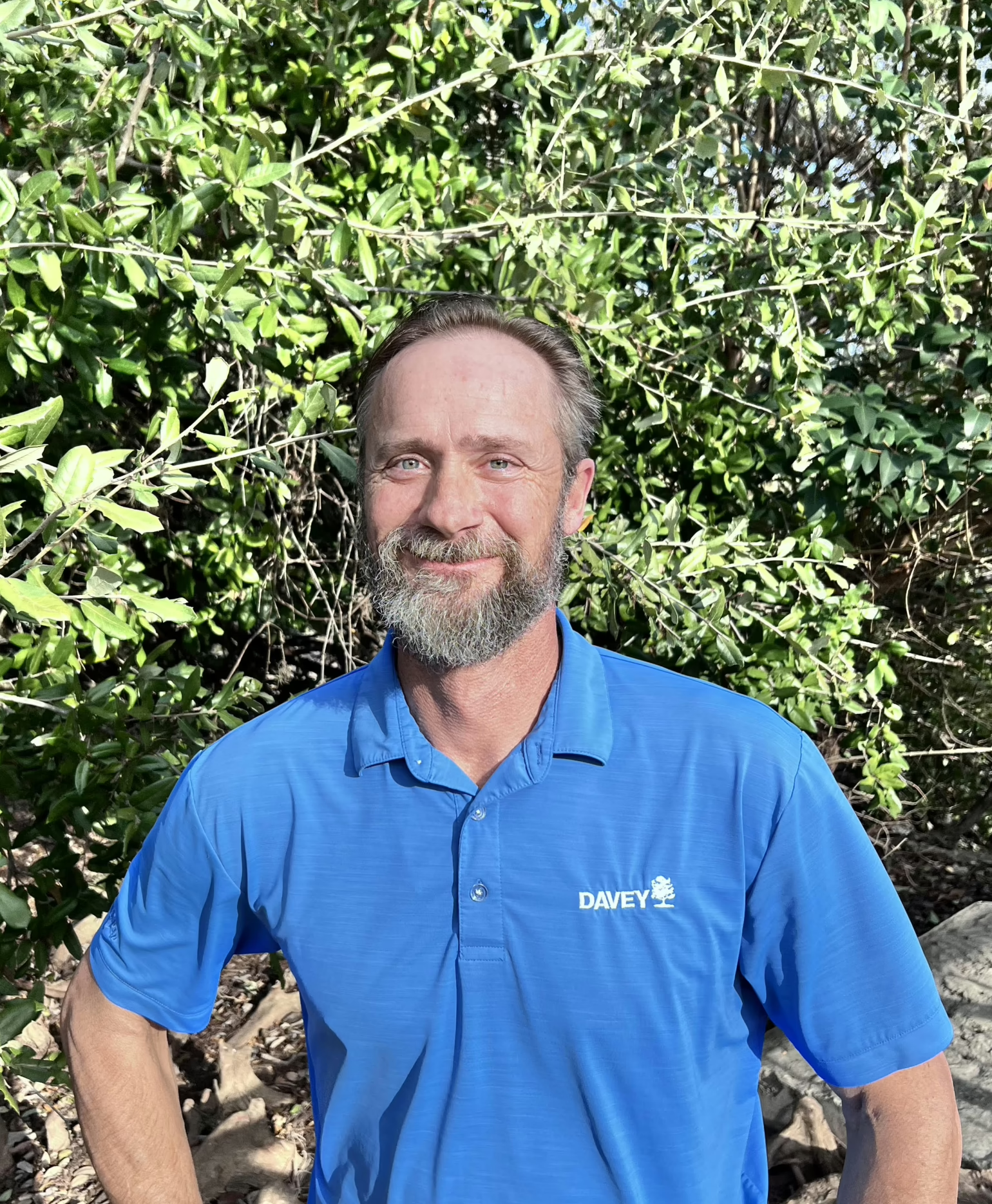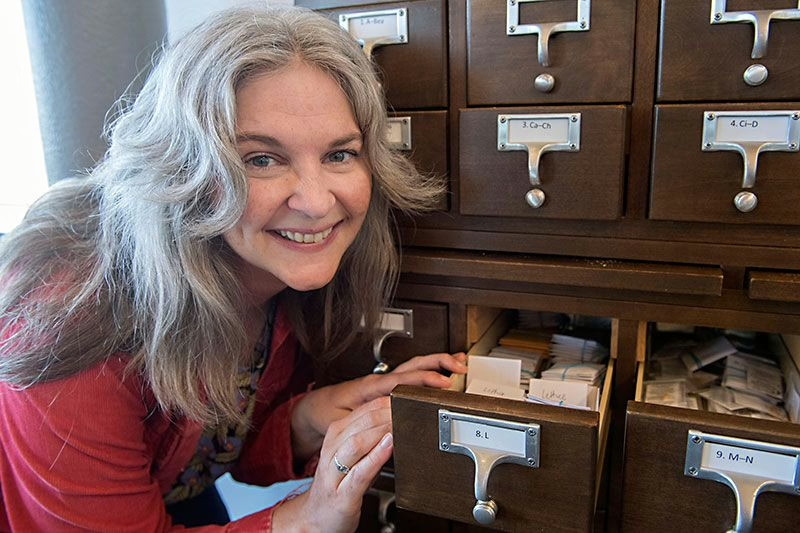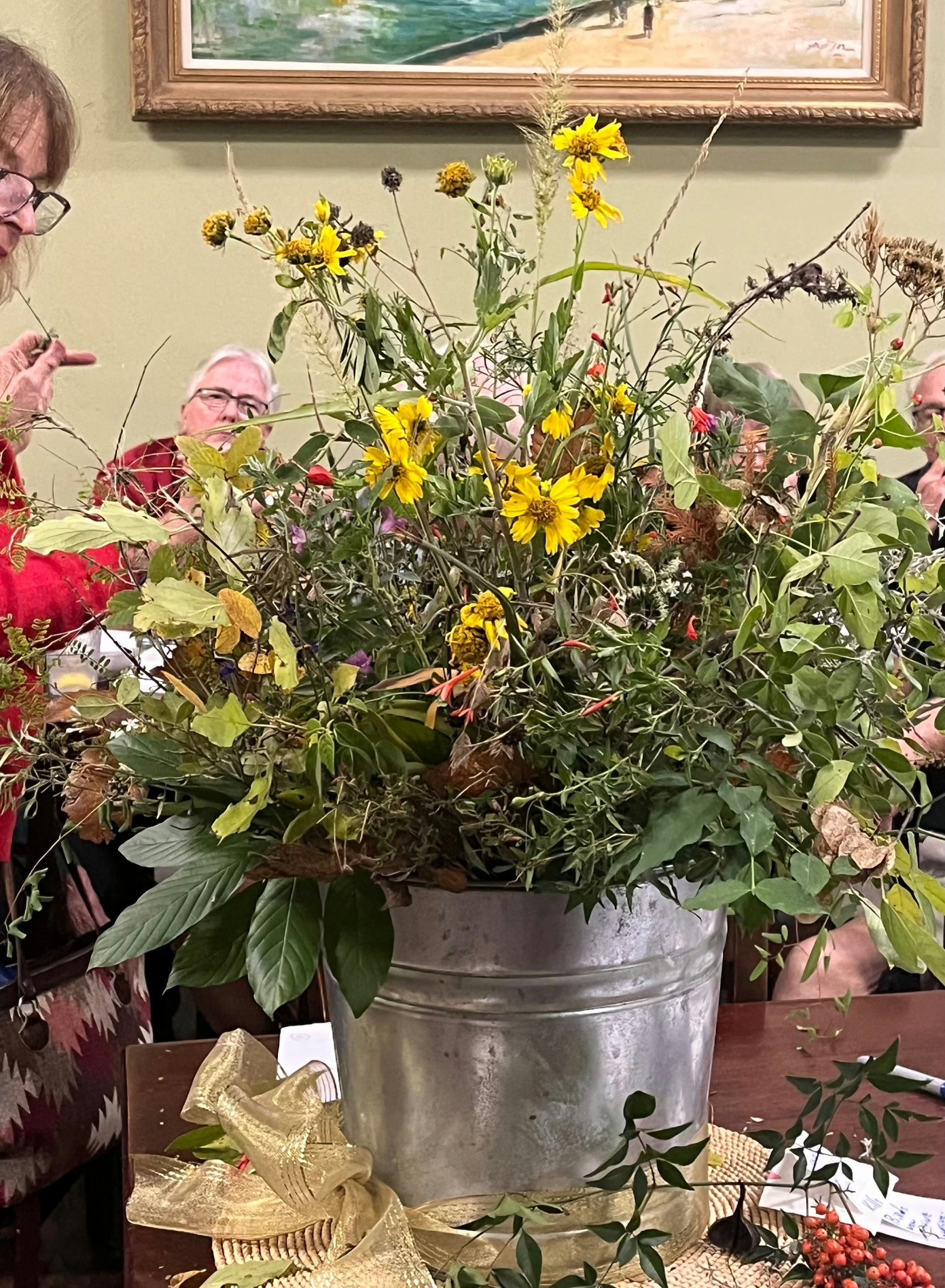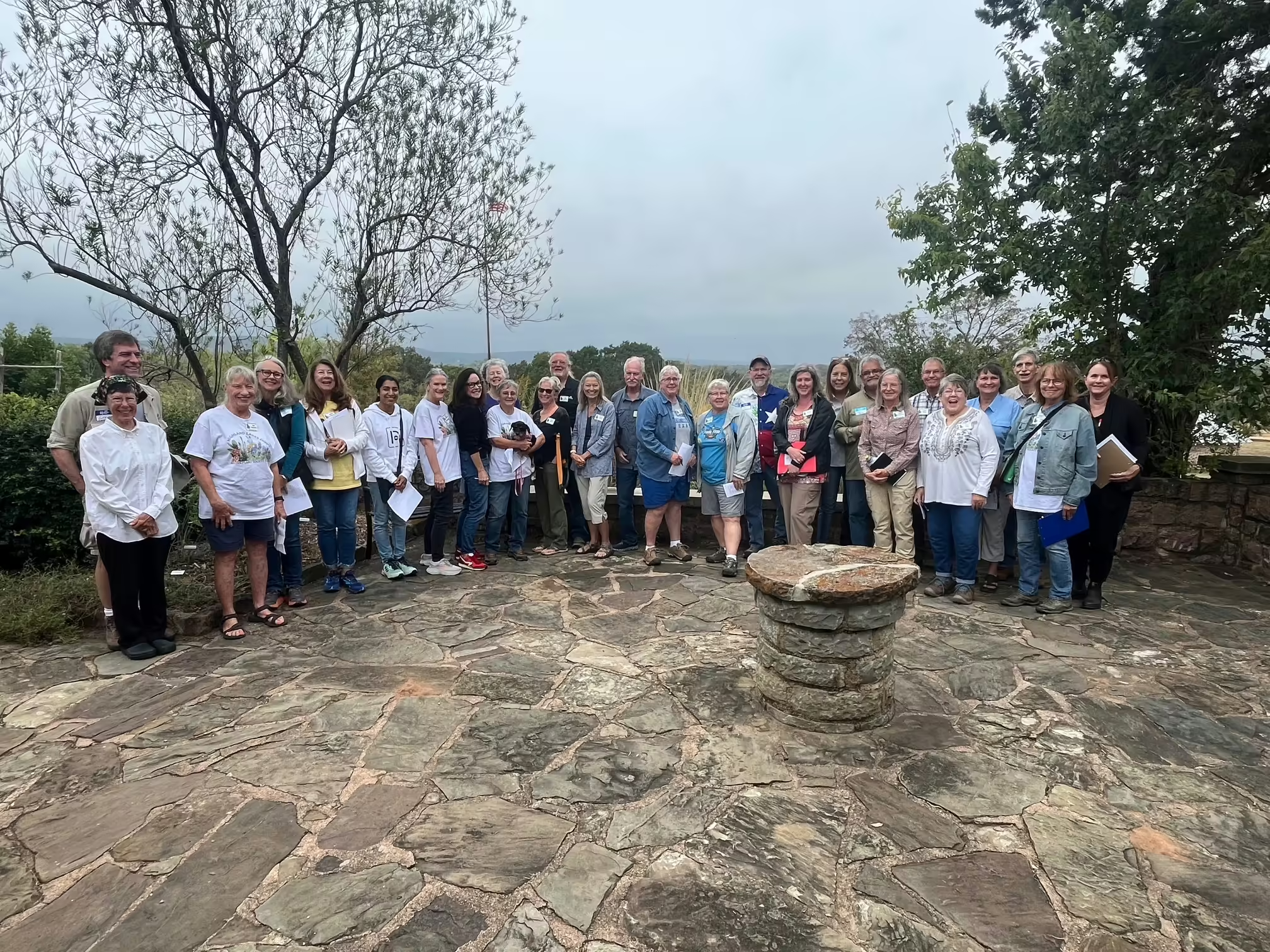Welcome
We are a local chapter of the Native Plant Society of Texas, promoting conservation, research and utilization of native plants in the rich biological region of the Texas Hill Country; especially the Highland Lakes Region.
Meetings & Events
The Highland Lakes Chapter of the Native Plant Society of Texas meets five times a year, generally every other month but not in the summer. Our meetings are held January, March, May, September and November. We meet on the third Saturday of the month at the Marble Falls Library in the meeting room. The meeting starts at 1:00 with a short business meeting, followed by a speaker on a topic related to native plants. Everyone is welcome to come, meet other folks interested in native plants and visit and attend the speaker part of the session.
Chapter News

Our chapter at Burnet County Lawn and Garden Show
The NPSOT booth at the Lawn and Garden Show on March 29 was a big success. Thank you to all of our amazing volunteers for helping educate the public on

March 15 Chapter Meeting
The next Highland Lakes Native Plant Society meeting will be Saturday,15 March 2025, 1:00-3:00 at the Marble Falls Library, 101 Main Street. Jess Divin, ISA Master Arborist, will be joined by

Chapter meeting January 18
We are very excited to share with you that Colleen Dieter, a top gardening educator, will present “Drought Tolerant Plants for the Hill Country” at our next Highland Lakes Native

Chapter Holiday luncheon photos
Great chapter get together for fun times.


Native Landscapes for Birds Class – Nov 2, 2024
Highland Lakes Chapter hosted Native Landscaping with Birds class on Saturday, November 2, 2024 at Inks Dam National Fish Hatchery. Twenty three people attended this class with some people coming
Chapter Officers
- President: Melissa Macdougall
- President-Elect:
- Immediate Past President: Kim McGregor
- Vice-President (Programs):
- Adeliza Tiffany
- Secretary: Judy Caramanica
- Treasurer: Cassie Oberhaus

